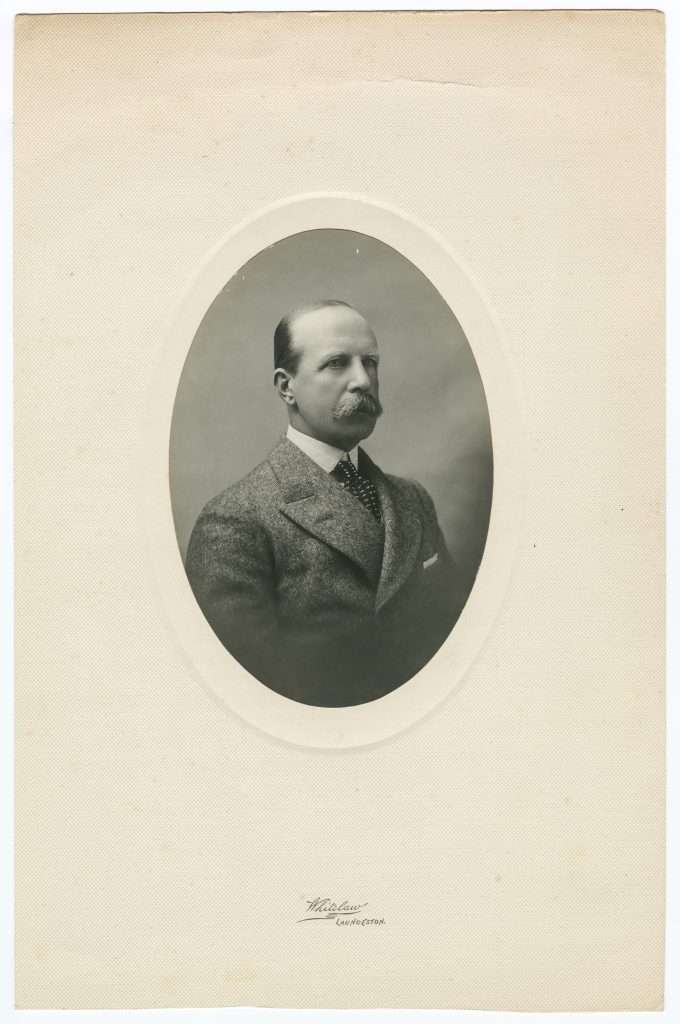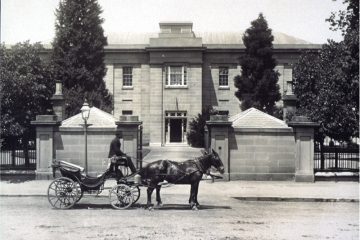Over the past 216 years Tasmania has had 55 men and 1 woman in the role of governor. Originally the role was titled Lieutenant Governor (1803 – 1855). With responsible self-government, and the name change from Van Diemen’s Land to Tasmania, the role was titled Governor.
Throughout this whole period there were many occasions when others stepped in to fill a short-term vacancy, under the banner of Commandant or Administrator.
Up until 1986, with the establishment of the Australia Act, all Australian State Governors were appointed by the Queen of England. Since then the governor has been appointed by the Premier of each state.
Here are some governor related statistics:
Governor: 28
Lieutenant-Governor: 9
Commandant: 6
Administrator: 13
Military officer: 19
Knight: 24
Military & Knight: 6
Civilian: 11
The role of the Tasmanian Governor is concerned with legislation as the Governor’s Royal Assent must appear on every statute. The office of Governor may be extended or terminated by the Queen, on the advice of the Premier. The Governor commissions the Premier and Ministers in their portfolios. The Governor also dissolves Parliament and opens each new Parliament after a state election.
In Tasmania, the Governor has another important role, that of safeguarding the Tasmania constitution. The Governor with the Legislative Council and the House of Assembly, constitute the Parliament of Tasmania.
There was a time when efforts were made to get rid of the office of Governor in Tasmania. In 1920, Sir William Lamond Allardyce (1861 – 1930) was appointed Governor of Tasmania.
He was a professional public servant. After education in Scotland and Oxford he was sent to Fiji as a civil service clerk (1879), worked his way up to Colonial Secretary (1902), then Governor of Fiji which came with a CMG – Companion of the Order of St Michael and St George, the stepping stone to a knighthood.
Appointment as Governor of Falkland Islands (1904) was followed by Governor of Bahamas (1914) and the knighthood of KCMG.
Allardyce was appointed Governor of Tasmania and arrived in Hobart April, 1920. The state government was under Premier Sir Walter Lee and the Nationalist Party.
The Tasmanian economy was under pressure and there were high levels of unemployment due to the downturn in mining and agriculture along with the return of servicemen from the First World War.
Looking for ways to save the state money, the Tasmanian Labor Party started at the top. In September 1920 they put a motion for the abolition of the role of Governor. This move was defeated in the House of Assembly by one vote – that of the Speaker, Sir John Evans.
Appearing to not read the political mood of the moment, Governor Allardyce complained to the state government that his salary of £2,750 was too low. In response, Premier Lee replied that there was not the remotest possibility that parliament would agree to an increase.
Allardyce announced he would take a 3-month vacation during which time he demanded that the governor’s remuneration and allowances be the subject of a statement in parliament.
This tipped the House of Assembly over the edge, and the statement was followed by a successful motion in the Lower House that the role of governor be abolished.
The motion was put to the Legislative Council, which rejected the idea. Still denied his pay rise, Governor Allardyce resigned and left Tasmania.
He was later appointed Governor of Newfoundland, retired to England and died there in 1930.



